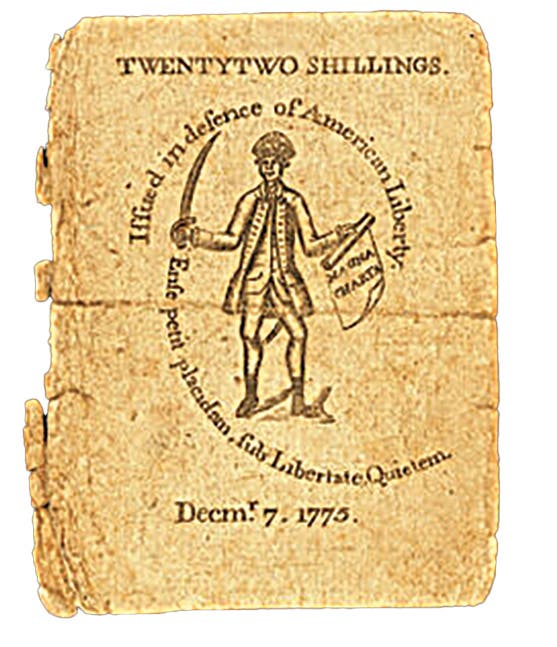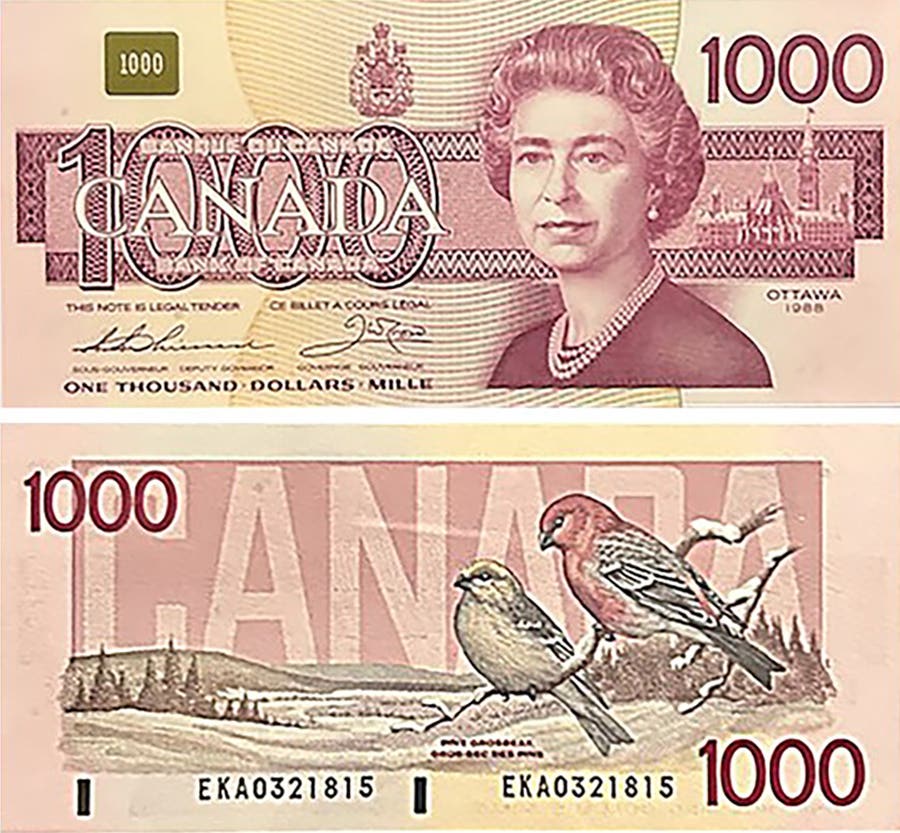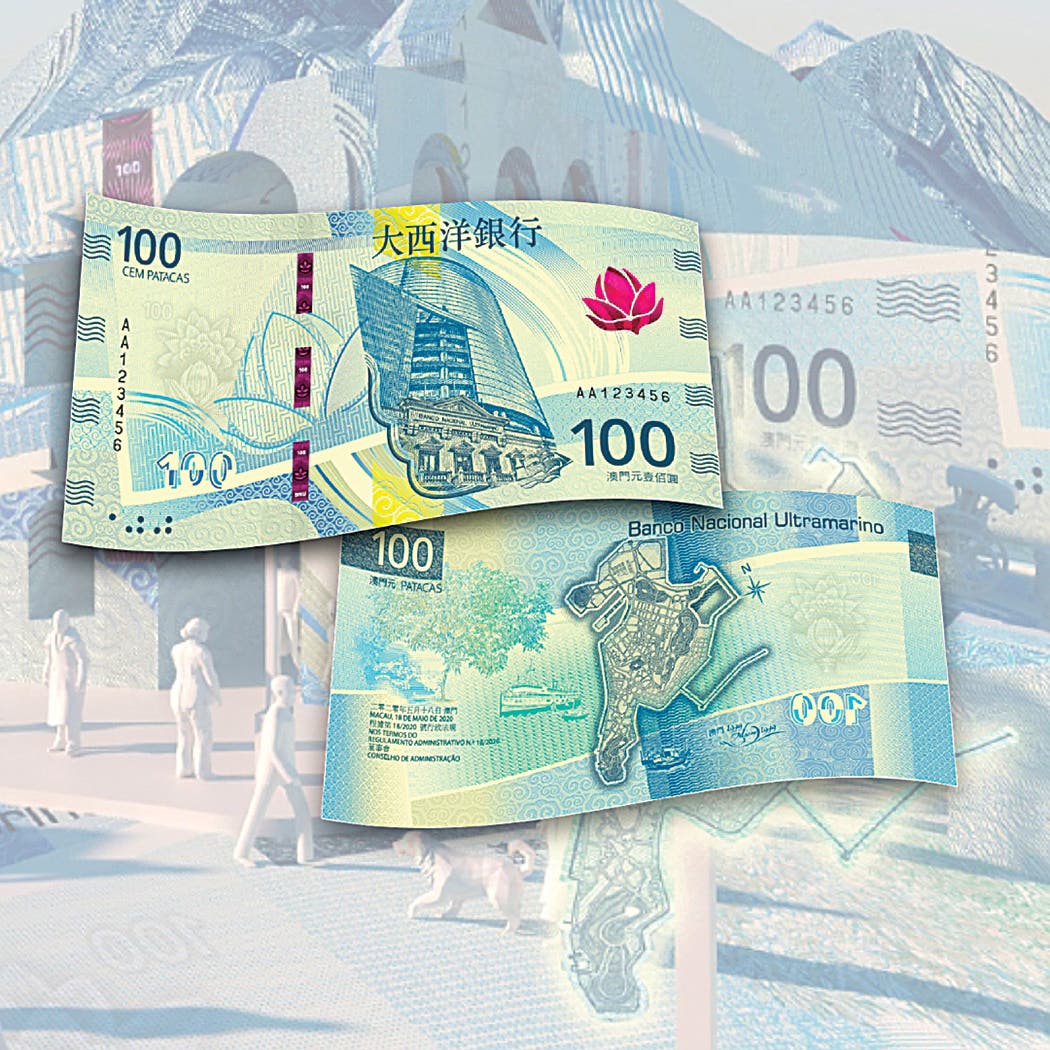The Business of Bank Notes with Dustin Johnston
This month I have invited Heritage Auction’s Currency Vice President Dustin Johnston to share some of his thoughts on consigning, purchasing and inventory keeping of bank notes. Johnston joined the…
This month I have invited Heritage Auction’s Currency Vice President Dustin Johnston to share some of his thoughts on consigning, purchasing and inventory keeping of bank notes. Johnston joined the Heritage team in 1998 and has been active in nearly every aspect of the business. Prior to joining Heritage, he won a number of literary and exhibiting awards from the ANA. Dustin also served as an Exhibit Judge and Numismatic Theater Speaker for the ANA. He oversees the management of the Currency division including consignment acquisitions, purchasing, cataloging, and inventory management. He is a member of the PNG, ANA, IBNS, and SPMC. Currently, he serves as Vice President for the Professional Currency Dealers Association, and a board member for the Professional Numismatists Guild and Anti-Counterfeiting Educational Foundation.
Q: What inspired you to become a professional in the bank note field?
A: My numismatic interests started in coins. At Heritage, I was exposed to a ton of currency and loved every bit of it. After gleaning some currency knowledge from Allen Mincho and Len Glazer, as well as influence from Peter Huntoon, I actively sought to make currency the central part of my career.
Q: What path did you follow to become a Currency Vice President?
A: The position comes with responsibilities that are equal parts numismatic expert and administrator. I immersed myself in the material, while working to improve the client experience and technologies that make our Currency division second to none.
Q: Do you have a personal bank note collection? If so, how long have you been a collector?
A: I love currency and have broad interests. National Bank Notes from Arizona have been my main focus for over a decade. Now, I seek out Scandinavian paper money, WWI POW currency, and anything that is related to the 1918 Armistice as well.
Q: What is the most interesting bank note you have encountered as a consignment?
A: There are too many to list. These include the Serial Number 1 Fairbanks Red Seal, the Baby Face Nelson Cash Hoard, and the 1914/1918 Federal Reserve Proof Set from the Grinnell Auction. You’ll run out of print space to list all of the really great items with incredible stories that we have handled!
Q: What trends do you see taking place in the COVID-19 marketplace?
A: As unfortunate as this pandemic has been, most collectors have had extra time at home to read, study, and seek out items for their collection. Combine that with disposable income that otherwise might have been spent on other restricted activities like travel, and we have seen an increase in bidding and higher prices overall.
Q: What advantages exist for buyers and sellers via online auctions?
A: Online platforms bring a mass of items to collectors. Collecting before the internet limited collectors to what was available at a local coin shop or show. I endeavored to attend national shows, like the ANA’s World’s Fair of Money. Even that pales in comparison to the items now available in the online marketplace. Overall, the online marketplace has brought a wealth of material and information to collectors to make better decisions on a leveled playing field. The leveled playing field allows collectors to net far more for the sale of their collections than 30 years ago. We are generally offering items directly to collectors like you. This removes layers of wholesale trades between dealers, before items make it to the final buyer, a process that can diminishes net prices for the seller.
Q: What tips can you share about keeping an organized inventory?
A: The next thing you should do in your collecting endeavors, is to create an easily referenced inventory. It helps with recovery, if it is ever stolen, and also serves to organize your efforts and maximize your budget. The only time I have buyer’s remorse is when I buy something I already have!
Q: What is the most memorable or noteworthy acquisition in your personal collection?
A: My ancestral line came to the America’s through Canada and the northeast. In 2012, a group of 1734 New Hampshire Colonials came to market that were exceedingly rare. One of my ancestor’s signatures was on one of the banknotes, previously unknown to specialists. Needless to say, I had no problems taking the money out of savings to pay for that piece!
Q: If you were able to give advice on collecting bank notes via auction to a new collector, what would you want them to be aware of?
A: There is a wealth of information at your fingertips that is inexpensive, often free, and easy to access. The money spent on some general references will allow you some context to decide which areas of currency you’d like to focus on. Tools like Heritage’s Auction Archives has 700,000+ currency prices with images and descriptions available for free.
Q: How can a seller navigate the decision of whether or not to consign a note to auction?
A: This is a highly personal decision and the reasons to consign are varied. I have sold notes to raise money for a down payment on a house and have consigned items to buy other banknotes that I couldn’t live without. While I have been hesitant to consign, I have never regretted the decision to raise funds that were better used elsewhere. Once the decision has been made, the process is far easier than one would expect. We really provide all of the services from beginning to end, with very little work required of the consignor.
Q: What do you most want people to understand and appreciate about bank notes?
A: Numismatics provides a vehicle to learn about history, art, and economics. It provides a way to network with some of the most interesting people you will ever meet. The benefits are immediate and will last a lifetime.
Q: What tips do you have for engaging young people with the currency collecting hobby?
A: Numismatics is a very diverse hobby, that can ably develop young minds. Collecting currency provides exposure to a wide array of subject matter, that can be incredible reinforcement for subject matter at school. I am certain I was a better student in all matters relating to history, art, geography, finance, economics, math, and even science and English as a result of numismatics. There is a wealth of resources for young collectors, many of which are free. If you know a young collector and want to discuss the resources that are out there, I am happy to answer questions.








